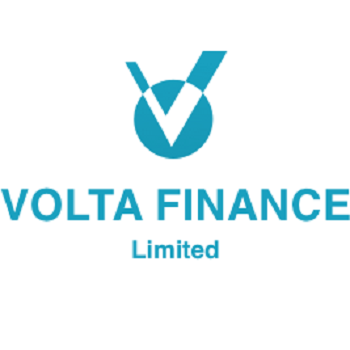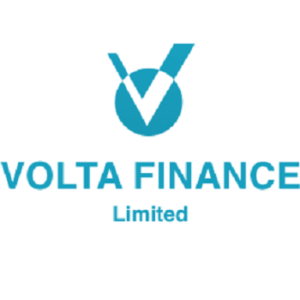Investors have a variety of options when it comes to building their portfolios, with each investment offering different levels of risk and return. One type of investment that often flies under the radar for many is collateralised loan obligations, commonly referred to as CLOs. These are complex financial instruments and should be approached with caution. Let’s explore what CLOs are, how they function, the potential risks involved, and how one might invest in them.
A CLO is essentially a security backed by a pool of leveraged loans. These loans are repackaged and sold to investors, offering varying levels of risk and reward depending on the type of tranche within the CLO that an investor chooses. CLOs issue several layers or “tranches” of debt instruments, in addition to a residual equity tranche. Each tranche comes with its own set of risks, potential returns, and payout priorities. The different tranches typically follow this hierarchy: AAA, AA, A, BBB, BB, and finally, the equity tranche. The risk and potential return increase as you move down the list, with AAA tranches being the safest but offering the lowest returns. Conversely, equity tranches, while rarely receiving payments, give their investors partial ownership of the CLO, providing a certain level of control that the debt tranche investors do not have. Based on an individual’s risk appetite and return expectations, they can choose the tranche that best suits their financial strategy.
CLOs are actively managed by investment professionals who constantly buy and sell loans within each tranche, seeking to maximise potential returns while minimising risks. This dynamic management allows CLOs to adapt to market conditions, making them somewhat flexible as investments.
The process of creating a CLO involves several key steps. First, the investment manager outlines the structure of the CLO, including the various tranches. The manager then raises capital from interested investors, allowing them to choose which tranche to invest in. Once the funds are secured, the manager uses this capital to purchase loans, adhering to the outlined capital structure. The CLO is actively managed by the manager, who buys and sells loans as needed to maintain the desired risk and return profile. Interest is then paid out to investors in the order of their tranche, with AAA tranches receiving payments first.
Despite their complexity, CLOs offer several potential benefits. One advantage is over-collateralisation, particularly for higher-ranking tranches. This means that even if some loans within the pool default, the top-tier tranches are unlikely to be significantly impacted. Additionally, CLOs are less sensitive to fluctuating interest rates because the loans backing them are often floating-rate loans with shorter durations. This structure may also make them an effective hedge against inflation, as floating-rate loans tend to perform better when inflation rises.
However, as with all investments, there are risks to consider. CLOs come with credit, liquidity, and market risks, which should be thoroughly understood before investing. Investors need to have a clear grasp of how CLOs operate, as well as the credit profile of the underlying loan collateral.
For those interested in investing in CLOs, the market is predominantly institutional. Banks, hedge funds, pension funds, and insurance companies are typically the ones investing in these securities. However, high-net-worth individuals may also gain access through their financial institutions. For individual investors, CLO mutual funds and exchange-traded funds (ETFs) provide a more accessible route, though options may be limited.
CLOs are highly sophisticated investments that come with their own set of risks and rewards. While the market is primarily geared towards institutional investors, those interested can explore alternative access through ETFs or mutual funds. Nevertheless, it’s crucial to fully understand the mechanics of CLOs and carefully evaluate their risks before diving in.
Volta Finance Ltd (LON:VTA) is a closed-ended limited liability company registered in Guernsey. Volta’s investment objectives are to seek to preserve capital across the credit cycle and to provide a stable stream of income to its Shareholders through dividends that it expects to distribute on a quarterly basis.



